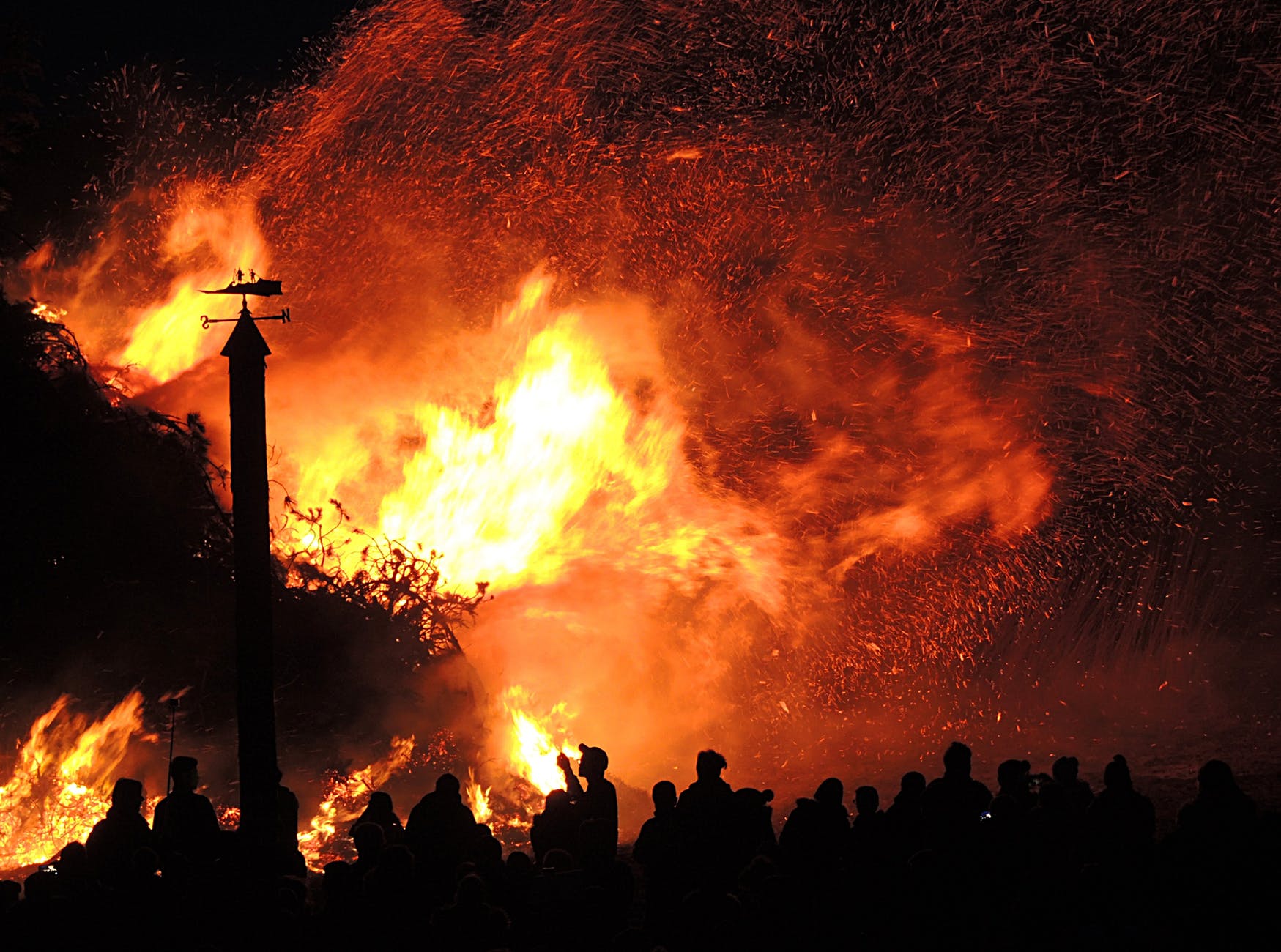The 2019 wildfire season is in full swing. So far, over 6,190 fires have been recorded in California alone, totaling an estimated of 198,392 acres of burned land as of October. Although the 2019 fire season had been relatively quiet in California through mid-September as compared to past years, October through December is still expected to have the greatest fire potential as the Diablo winds and the Santa Ana winds pick up.
Communities are already seeing impacts, like reduced energy measures; some energy companies have been forced to shut down facilities for safety reasons. Massive preemptive public safety power shutoff (PSPS) events have been controversial. PG&E and other power utilities have preemptively shut off power to million of residents due to perceived risk of wildfires starting in high winds due to high-voltage power lines. While large areas have been without power for days, people in fire danger areas had trouble getting updates and critical life support equipment would not work without backup power.
It’s a terrifying situation for the people who have to live and work in the area. With millions of miles of transmission pipelines stretching across the country, owners and operators of our nation’s pipelines plan and prepare for every conceivable emergency. So, when there’s a wildfire nearby, pipeline operators know what to do to protect the safety of the community, employees, and infrastructure.
How Pipelines Survive
Pipelines and related facilities are designed and maintained to meet all safety standards. Isolation or block valves are used to shut off sections of the pipeline if or when a fire gets close. Emergency shut down protection procedures are in place at every facility to isolate them from the mainline in case of a fire. These procedures include automatic fire detection systems.
Vegetation and brushing programs are key to damage prevention. Underground pipeline facilities are at lower risk from forest fires. However, keeping rights-of-way (ROWs) clear of major vegetation means less fuel if a forest fire passes over and also provides visual access for aerial patrols. Pipeline operators must also ensure their above-ground facilities are surrounded by non-flammable materials, such as gravel.
All pipeline companies have comprehensive emergency response plans and conduct emergency response exercises to prepare for a variety of situations, including a fast-moving wildfire.


